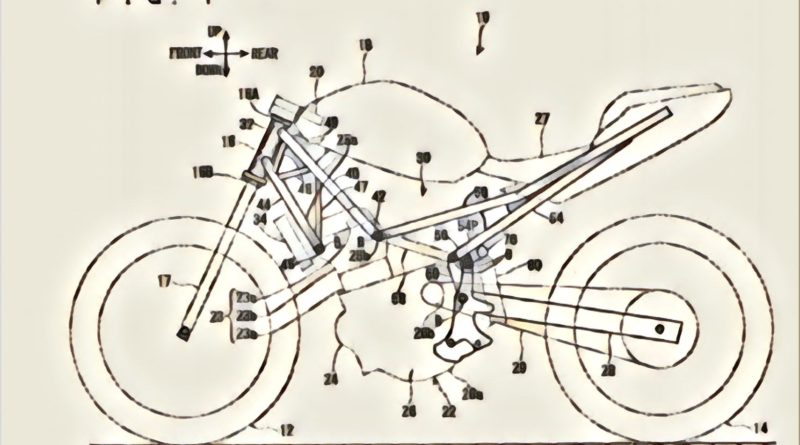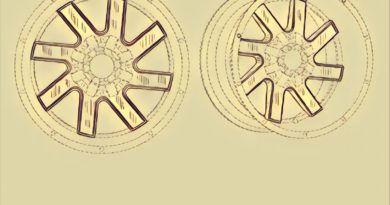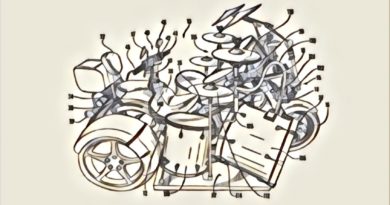How Kawasaki Wasted 2 Hours of My Sunday Afternoon!

If you have read much of my work then you know that in the eyes of this engineer there are few things as beautiful as a bicycle or motorcycle frame. Some are simple with all joints on display, others are complex and bewilder you as you try to interpret the movement and function of each component and how they work together. If you feel the same way, you will want to check out the post “The Simple Beauty of an Innovative Bike Frame (and our 1st “Interview with an Inventor”).”
So, as you can imagine, I was excited to see a recently published patent application directed to a Kawasaki motorcycle frame. Surely I was about to see a cutting edge design and some beautiful patent application disclosure related to a yet to be released bike. I was all set to get the scoop regarding a 2020 product! Boy was I disappointed, and let me tell you why.
First, the patent application was published in August as US Pub. No. 20180229797 titled “Motorcycle Frame.” I eagerly clicked to read the abstract section, which generally provides a high level overview of an invention, which reads:
A motorcycle frame includes a head pipe, a pair of front main frames, and a pair of rear main frames. The pair of front main frames separates in a vehicle width direction from the head pipe, extends toward a power engine that is located on a rear side of the head pipe, and includes power-engine fixing parts that are fixed to the power engine at positions that overlap with the power engine as viewed in the vehicle width direction. The pair of rear main frames extends rearward from the power-engine fixing parts of the pair of front main frames.
I thought “well, the abstract section is generally the least important part of a patent application, so I am not surprised that this doesn’t wow me.” So, I moved on the skimmed the drawings, shown below.
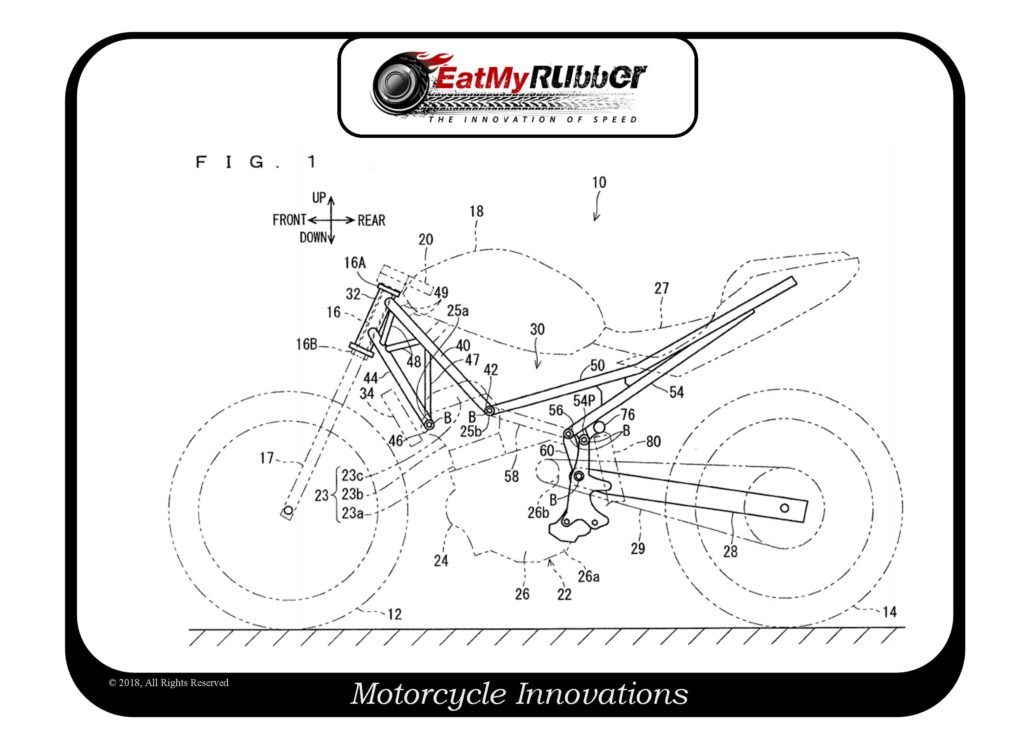
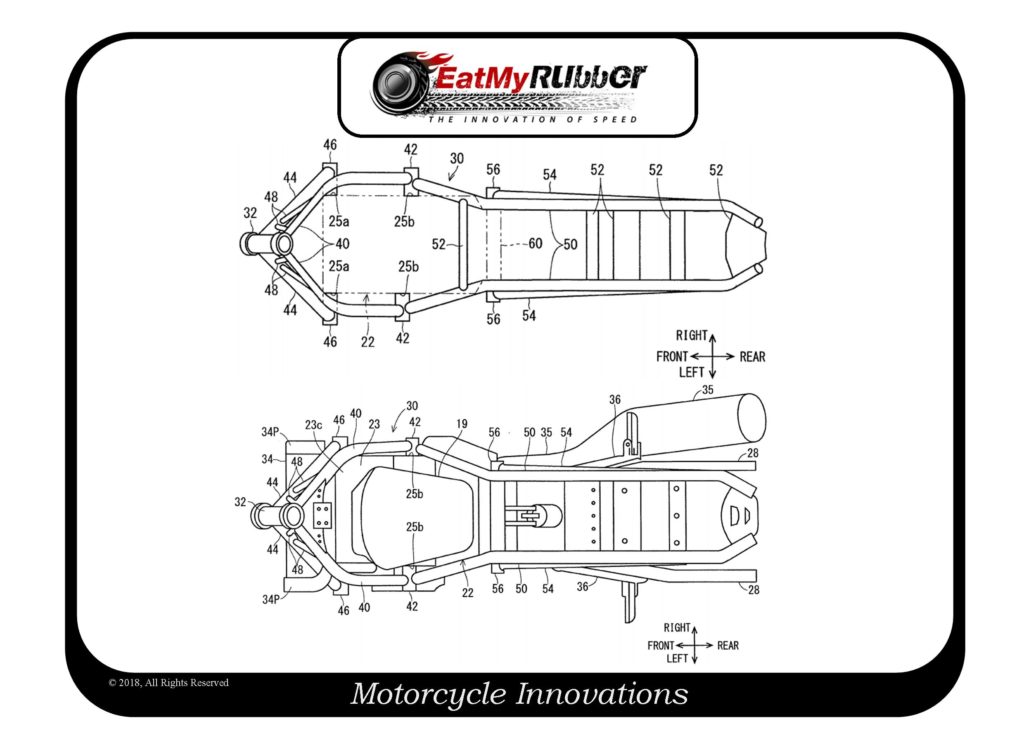
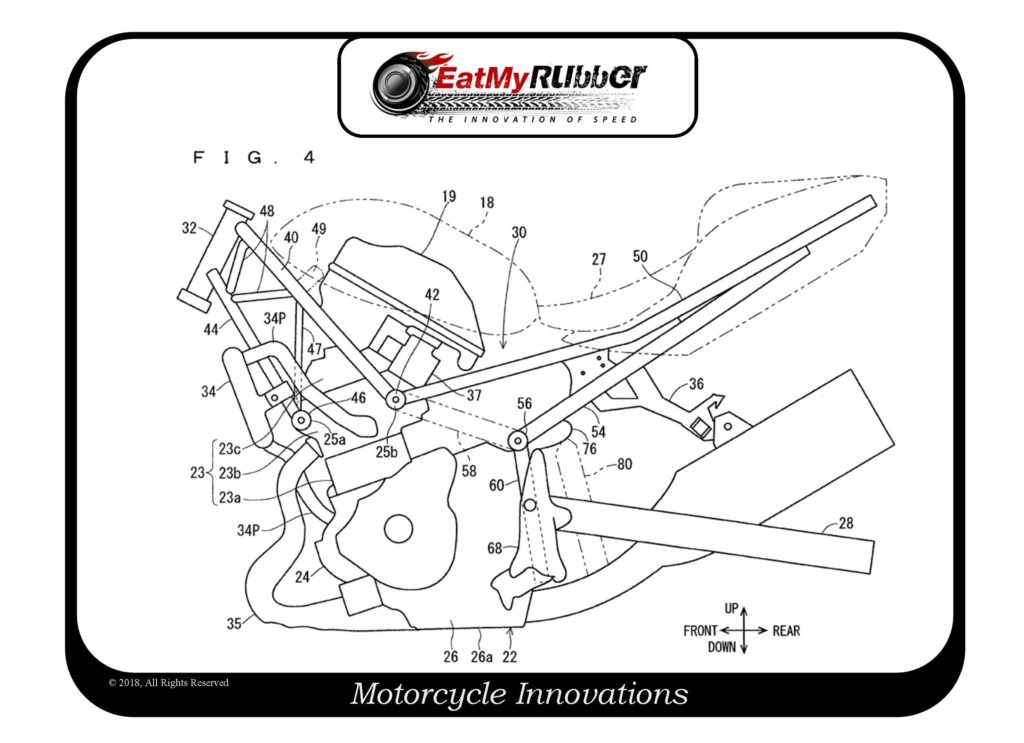
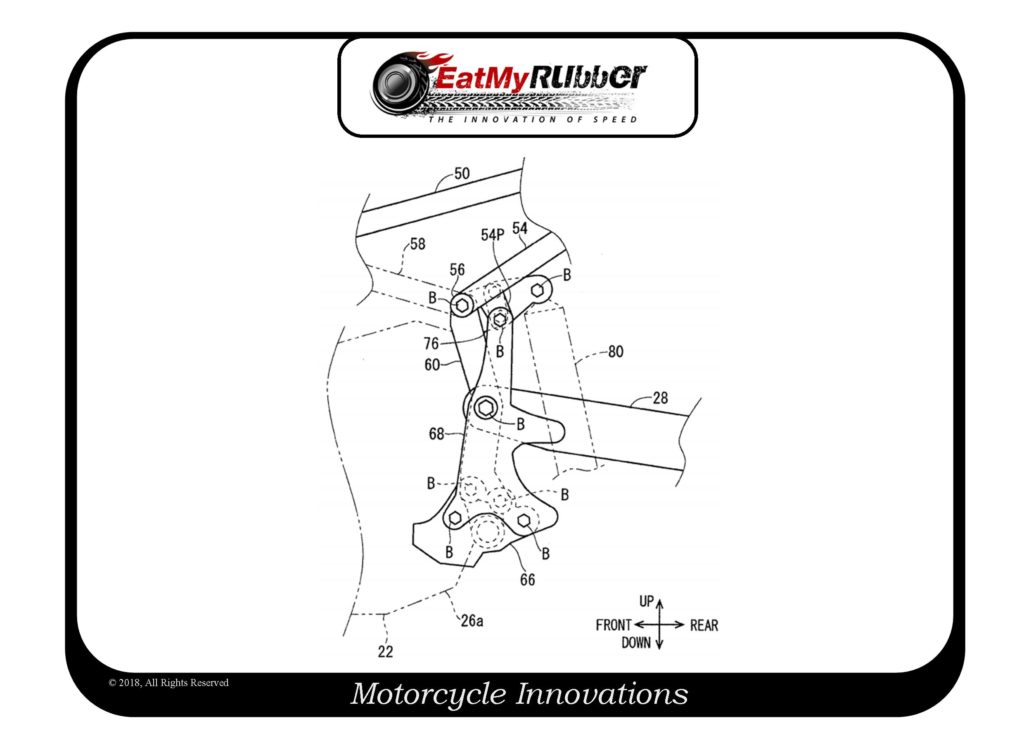
Interesting, but I still wondered – what’s the innovation, where is the cool new stuff that I am looking for? Fine, I will have to really dig in to discover the real beauty, I thought “OK, this will take more than a quick skim, but it will be worth it.” So, the next logical step was to read the proposed claims to see what they are essentially asking for in terms of the scope of protection. Here are the proposed claims:
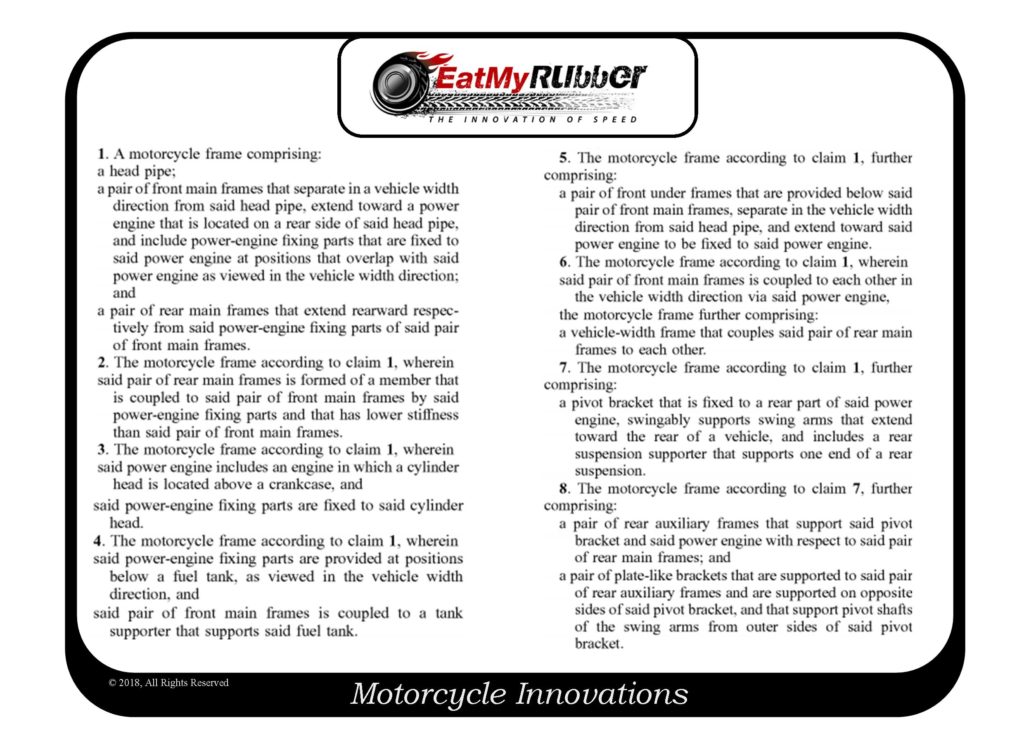
As you can imagine, at this point I am starting to get pissed, but as a patent attorney I recognize that the initially proposed independent claim is often viewed as a sacrificial lamb (a claim that you never expect to get allowed and issued in a patent). Often, an applicant would consider allowance of one of the deep dependent claims a success. So, perhaps the stiffness relationship of dependent claim 2, or the pivot bracket of dependent claim 7, are where the uniqueness lies and may be the true goal of the application, but I wouldn’t bet on it. If you can identify something unique in these claims, please let me know in the comments.
As my frustration grew, I thought “fine, I will look at what prior art Kawasaki disclosed to the patent office in an Information Disclosure Statement (IDS), after all – they have to disclose all of the relevant prior art that they are aware of.” Click, click, click, and I find an IDS that lists 2 stinkin pieces of prior art. You must be kidding me. A patent department at a company the size of Kawasaki should know the most relevant prior art by heart and most likely have a database of every one of their competitor’s relevant patents and application directed to similar frames. Heck, I expected to find an IDS with at least a hundred references and disclosures from all the major cycle magazines.
So, after wasting two hours of my Sunday, hoping to find something really cool to share with my readers, I have come to the conclusion that this application filing suggests maybe someone had a quota regarding the number of patent applications that must be filed within a certain period. After all, surely Kawasaki has more innovative things brewing in R&D that they should be trying to protect; right? This patent application just doesn’t seem like a good use of their time and money.
What a disappointment! Kawasaki IP – look me up if you need a system for monitoring your competition and an effective patent strategy, all mixed with a healthy dose of brutal honesty!
Dave Dawsey – Motorcycle Patent Attorney
PS – please follow me on Twitter (@EatMyRubberTech), and heck – connect with me on LinkedIn.
PPS – If you like what we are doing, please considering helping us out and make your online gear purchases through our Amazon affiliate link. Every little purchase helps us keep the site up and running! Thanks.

